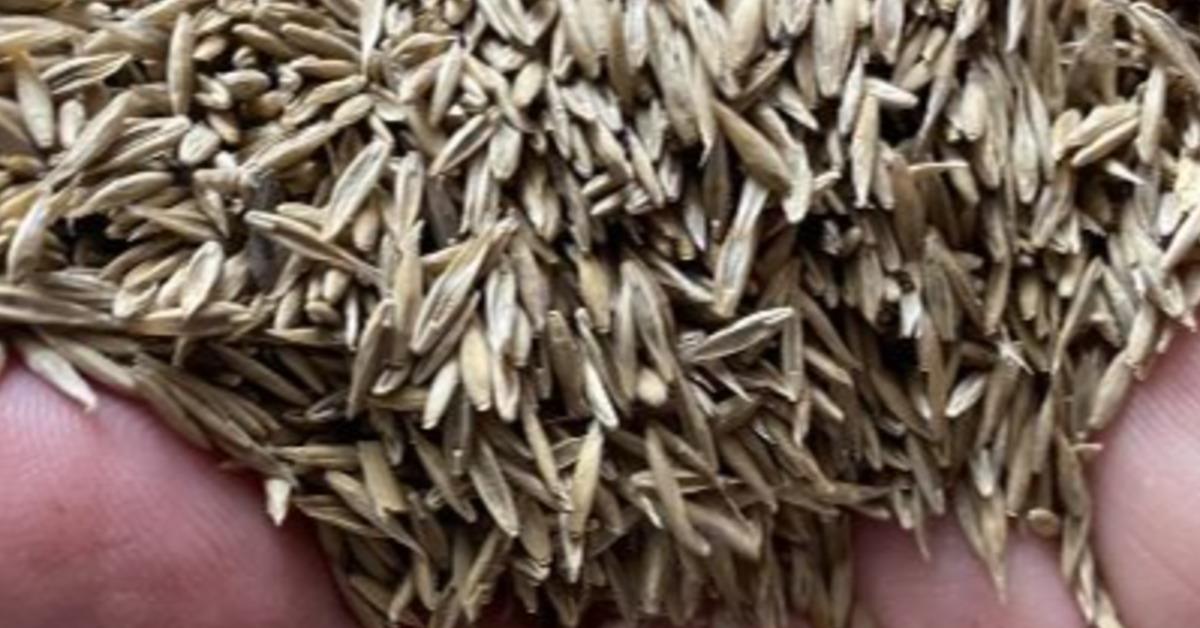
Agronomists, seed company representatives, and others often mention the importance of decisions pertaining to seed selection and purchase. Most forage/livestock producers would say they agree with this line of thinking. However, it is easy to forget about this (or, more likely, not give it as much attention as it deserves) when actually making a seed selection decision.
Obviously, deciding what forage species to plant in a given field is critically important to the success of a forage planting. This elementary point may not seem worthy of mention, but a surprising number of plantings fail or perform poorly because the forage crop selected was not well adapted. Learning what forage species are adapted in a particular soil type and site may require some reading and perhaps advice from neighbors, agency personnel, or others whose opinions are valued.
Variety selection is also critically important. The number of varieties available varies greatly among different forage species, but usually, a person will have several options. Varieties can differ with regard to forage yield, forage quality, the timing of forage growth, winter hardiness, susceptibility to diseases, and numerous other traits. In most cases, forage variety trial information from universities and elsewhere can be accessed online. Data generated in close proximity to where the crop will be planted is particularly valuable, but even data from nearby states can provide much insight.
Then there is the matter of seed cost, which often is problematic. Consideration of the differing cost of varieties often has an inordinate and unfortunate influence on seed purchase decisions. After all, most of us are in such a habit of “looking for a good deal” that the tendency is to pay attention to the lowest price and not think much about potential long-term consequences.
As an example, consider a situation in which a producer has decided what forage species to plant in a given field. In all likelihood, several varieties will be available. However, the price of the varieties is likely to vary (sometimes by quite a bit). Let’s further assume that the normal seeding rate for this species is 20 pounds per acre and (to make this simple) that the producer considers only two varieties and the difference in cost per pound of seed is $0.50. This would mean that cost of a 50-pound bag of the higher-priced variety would be $25.00 more than the lower-priced one.
However, the cost per pound or the cost per bag of seed should not be the only criterion. It can be especially revealing to consider the difference in cost per acre. With a seeding rate of 20 pounds per acre, the difference in cost per acre between the two varieties would be $10.00.
In a situation such as this, here is a question that (if answered honestly) can provide much insight: “How much difference in forage yield, forage quality, distribution of forage growth, stand persistence, or other characteristics would be required to make it worth spending an extra $10.00 per acre?” The answer is, “Not much!”
Seed cost is only a fraction of the overall cost of establishing most forage crops. In general, a person should purchase seeds of a forage species that is known to be well adapted to the site. It should be of a variety known to exhibit desirable traits. Also, the seller should provide assurance that seed quality is high, which brings to mind that seed should be purchased from reputable dealers. These factors favor getting a good stand and profitable results from the planting. Seed purchase should be considered more of an investment than an expense.
Foraging Ahead is a column presented by Ragan & Massey and written by Dr. Don Ball, Professor Emeritus at Auburn University. Dr. Ball is one of the authors of the popular book “Southern Forages,” which can be found via a computer search that uses the words, “Southern Forages, The Fertilizer Institute
